Rick Wakeman on his top 5 synths: “I suddenly had an instrument that could give the guitar a run for its money”
“Without synths, I wouldn’t have been able to play the music I wanted to play”
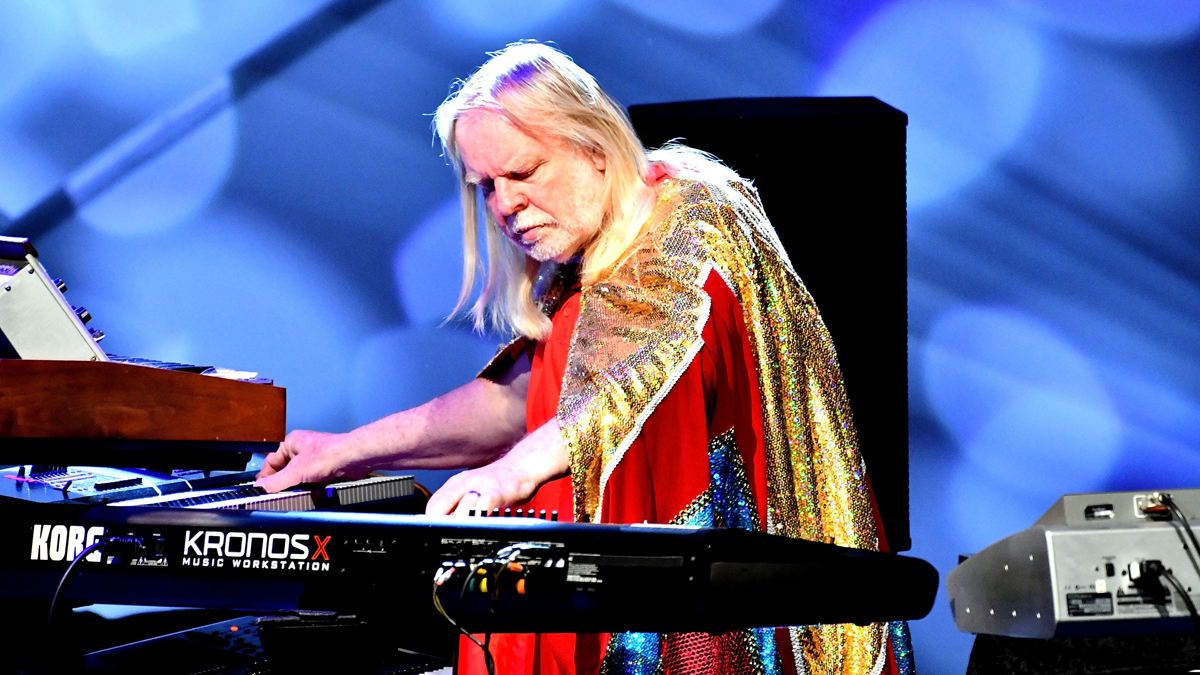
It’s impossible to have a conversation about prog rock without mentioning Rick Wakeman. A gifted concert pianist, Wakeman ditched the Royal College of Music at 18 and became an in-demand session musician for the likes of Elton John, T-Rex and Bowie - the Mellotron on Bowie’s Space Oddity is Rick.
And that’s when the prog journey really started. Wakeman joined Yes in 1971, just as prog was being accepted by the rock’s mainstream audience. People who bought Zeppelin, Who and Black Sabbath albums were also listening to Jethro Tull, Emerson, Lake and Palmer, King Crimson and Yes.
“Up until the late-’60s, I’d been making music on a piano, a Hammond and a couple of electric pianos,” explains 71-year-old Wakeman. “If I needed a weird noise, I’d stick the Hammond through a guitar pedal. Bob Moog had already started making synths, but the first time I really took notice was when Walter - now Wendy - Carlos released the Switched-On Bach album in 1968. Classical music played on a Moog Modular. Mind-blowing!”
But the Moog wasn’t cheap, with systems costing anything up to 4,000 quid. Even when Moog released the Minimoog in 1970 - generally recognised as the first ‘affordable’ musician’s synth - it was way beyond the reach of ordinary folk. At £1,000, it would set you back more than a brand-new Ford Cortina.
“God knows how many synths I’ve owned over the years. But who’s counting? They’ve all put a smile on my face.”
“I eventually managed to get my hands on a Minimoog, and it was a complete game-changer,” says Wakeman. “As musicians, we were desperate for new sounds… new ways to experiment. This was our time!”
As the decade progressed, companies sprang up all over the world, flooding the market with analogue technology. And it’s probably fair to say that Rick Wakeman got his hands on almost every one of those iconic synths from the ‘70s and early-’80s. The success of Yes - not to mention his increasingly adventurous solo albums - had earned a few quid and Wakeman literally surrounded himself with synths.
“God knows how many I’ve owned over the years. I don’t think I could even hazard a guess. It’d be well into the hundreds. The current collection has been trimmed down a bit. Including all the ones in storage, I reckon it’s about 50 or 60. Maybe more. But who’s counting? They’ve all put a smile on my face.”
Want all the hottest music and gear news, reviews, deals, features and more, direct to your inbox? Sign up here.

Usually it was the singers and guitarists who grabbed the spotlight, but, thanks to Wakeman, keyboard players were finally getting noticed. Alongside the impressive collection of keyboards, Wakeman took to wearing extravagant, sequin-encrusted outfits and gold capes. Stood in the middle of his vast live set-up, he would swish and swirl his arms between the different instruments like a crazed swordsman.
“Would prog music have happened without the synth?” he wonders. “I’m not sure it would. But it wasn’t just prog that was affected. Pop, jazz, punk and new romantic. Electronic music, of course. Even classical… eventually. The effects were felt everywhere.”
Recent solo releases like 2018’s Piano Odyssey have been classically-themed - rock songs arranged for piano, strings and chorus - but Wakeman’s forthcoming album, The Red Planet, is a full-on, conceptual prog opus. There’s even a Moog on the front cover. Held by a man in a spacesuit. Yesss!
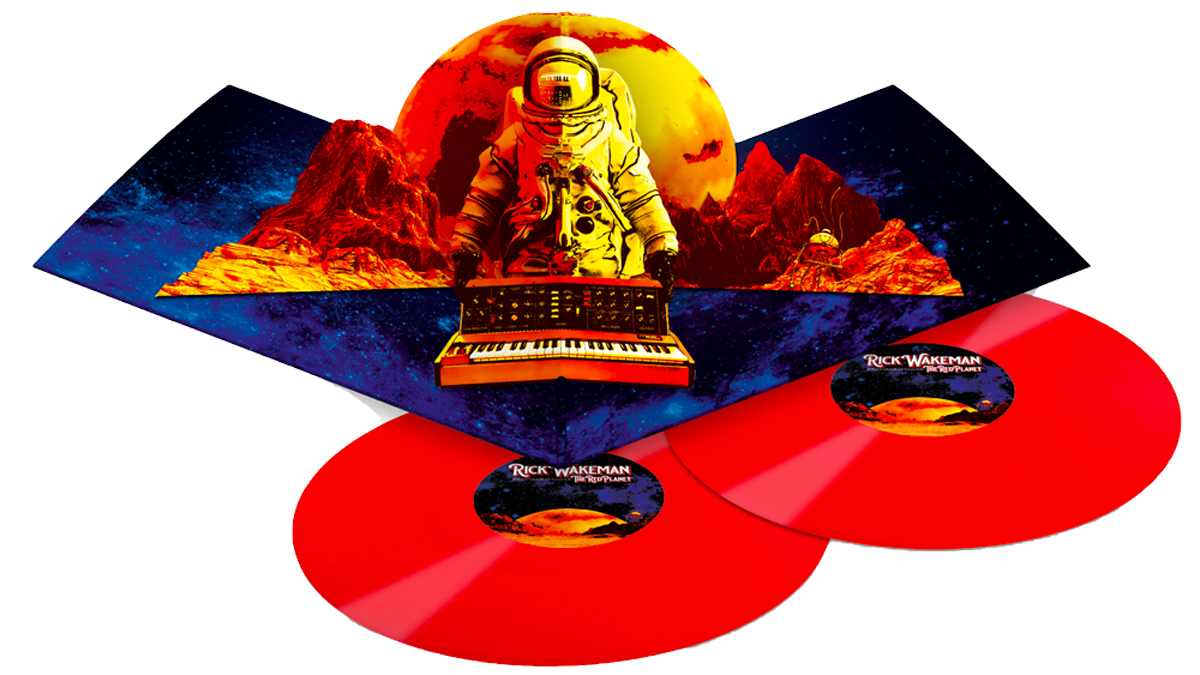
“It feels nice to be back with prog,” he laughs. “Having lots of analogue fun in the studio. Moog, Moog and more Moog! There are some modern synths on there, too. Korg Kronos X, Roland V-Synth GT, Roland Fantom G8, Studiologic Sledge, Hammond XK-5, Yamaha Montage 7. And I did end up using a piano plugin - Synthology’s Ivory libraries - just because I was looking for different tones and styles on each track. My old Mellotron isn’t as reliable as it used to be, so we also got hold of a Memotron, which is the best digital version I’ve ever heard.
“When you’re making music, you are automatically limited by what you’re able to create. But also limited by what your imagination can conjure up. Does that make sense? It’s a bit like an artist saying, ‘I’m going to paint a picture with a colour blue that hasn’t been invented yet’. If you don’t know what that blue is and there’s no way of getting hold of it, you can’t really paint with it. Getting hold of the Minimoog in 1971 was like finding that colour blue. As well as reds, purples and millions of other colours you’d never thought possible.
“Without synths, I wouldn’t have been able to play the music I wanted to play. As far as us keyboard players were concerned, the synth opened a door to the future.”
Rick Wakeman’s top 5 synths
1. Moog Minimoog

“It is and always will be number one for me. The first synth I owned and the one I’ve used most.
“They’re all over the Yes albums. The main theme on And You and I is a good example. Also, that shortish solo on the live version of Starship Trooper.
“The great thing about the Moog - this applied to a lot of those early synths - was that I suddenly had an instrument that could give the guitar a run for its money. I could do crazy solos and turn it up loud. VERY loud! Frequencies that you could never get from a guitar. There’s a specific setting I discovered that would literally rattle your teeth!
“I actually got my first Minimoog off Jack Wild - the former child star who played the Artful Dodger the 1968 film, Oliver! He bought it and thought something was wrong with it because it only played one note at a time. I explained that it was monophonic, but he said, ‘Ah, keep it’. I think I gave him 30 quid. Even if it hadn’t worked, I’d have bought it and had it on stage with me. Just because it looked so fantastic.
“I became good friends with Bob Moog and he invited me over to the offices in the early 70s. ‘There were huge No Smoking signs all over the place. Not very rock ‘n’ roll, I thought. I asked Bob about it and he explained that their place in Buffalo was an old munitions factory. He lit a match and threw it on the floor.
“Crackle-crackle-fizzle, all around our feet. All those lovely Moogs were surrounded by explosive dust!”
2. Sequential Circuits Prophet 5/10.
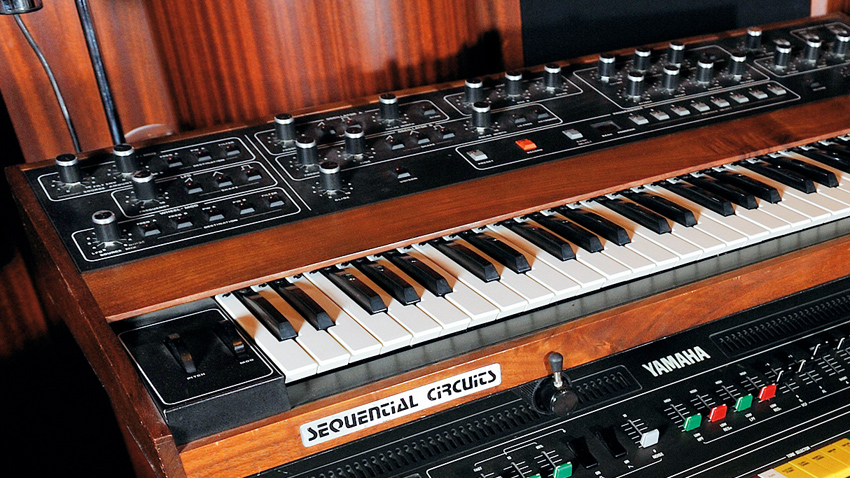
“I was sitting by a pool in Oakland, sometime in 1977. This bloke came over to me and introduced himself as Dave Smith. He said, ‘I’m building a synth’. At first, I didn’t pay much attention. Everybody was building synths in the ‘70s. You could get a synth kit with your monthly electronic project mag. ‘Granny, what are you doing? Making soup?’ ‘No, I’m building a synth.’ But then he told me that this synth was going to be a polyphonic version of the Minimoog. Ah, now that’s interesting.
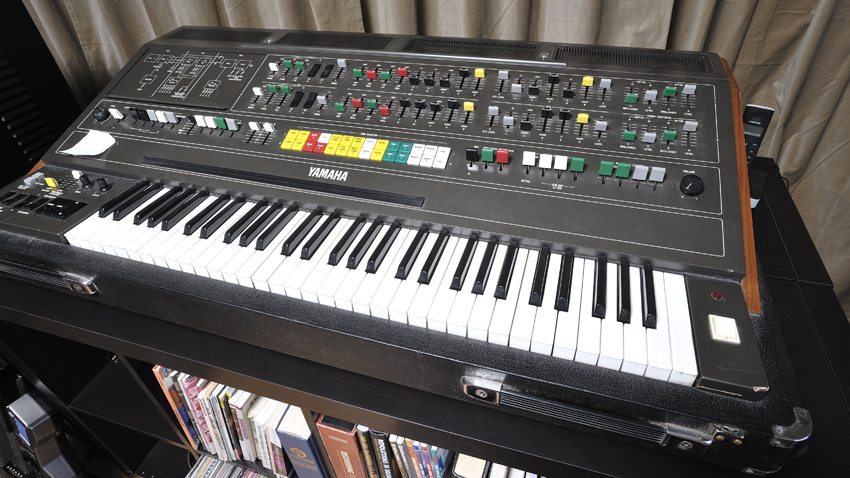
The 10 greatest synthesizers of all time: the machines that changed music
“He pulled out reams and reams of circuit diagrams, which were completely useless to me. Didn’t have a clue what he was on about. I said, ‘If you want to appeal to Minimoog users, you need the layout to look similar’, and I sketched a rough Moog panel on a napkin. Anyway, off he went, and I never expected to hear from him again.
“The following year, I was living in Switzerland and this huge parcel turned up on the doorstep. It was one of the very first Prophet 5s with a thank you note from Dave. It had patch memory! You didn’t have to mess around trying to recreate your favourite sounds. Thanks, Dave.
“I’ve included the 10 as well because it was such an awesome machine. Basically, it was two Prophet 5s, but they had all sorts of problems with it. I’d love to get hold of one. Sadly, they’re as rare as rocking horse plop. And the few that are out there aren’t particularly reliable. If Dave could have ironed out the problems, this would have been a classic.”
3. Korg Trident

“As well as becoming friends with Bob Moog, I developed a great relationship with Korg during the ‘70s. Back then, there was no such thing as sponsorship. If I wanted a synth, I had to buy it. But the Japanese companies were the first to realise the value of artist promotion. If people saw me playing a Korg synth and they liked the sound, they were going to buy one.
“I was flown out to Japan by the big boss of Korg, Kato San. What an amazing man! He said, ‘Rick, I want you to try all our keyboards. Take them on tour with you’. I was due to start a massive tour of South America and told him that spares might be a problem in the wilds of Argentina. ‘I’ll sort that,’ says Kato San. He flew three of every Korg machine out to South America for me. Ironically, none of them ever broke down.
“The Trident is another synth that’s been all over my music at one time or another, but I always layer it up with other sounds. I do that with all the synths. I don’t like the idea of someone listening to a track and thinking, ‘That’s preset C92’. I like to tweak and play around. The joystick was a useful function… pitch, vibrato and all that. Very plain sounds would suddenly take on a whole new character.”
4. Roland JD-800

“I hope you’ll indulge me with one digital machine. By the time the ‘90s came around, synths were getting pretty boring. It was all about presets. Here you go, lots of lovely sounds that we’ve programmed for you. I didn’t want that. I wanted a synth that you could get your teeth into.
“This was the first digital one that reminded me of the early days… plenty of knobs and sliders to play with. And even though it was digital, it had some nice, analogue-y sounds.
5. Korg CX-3
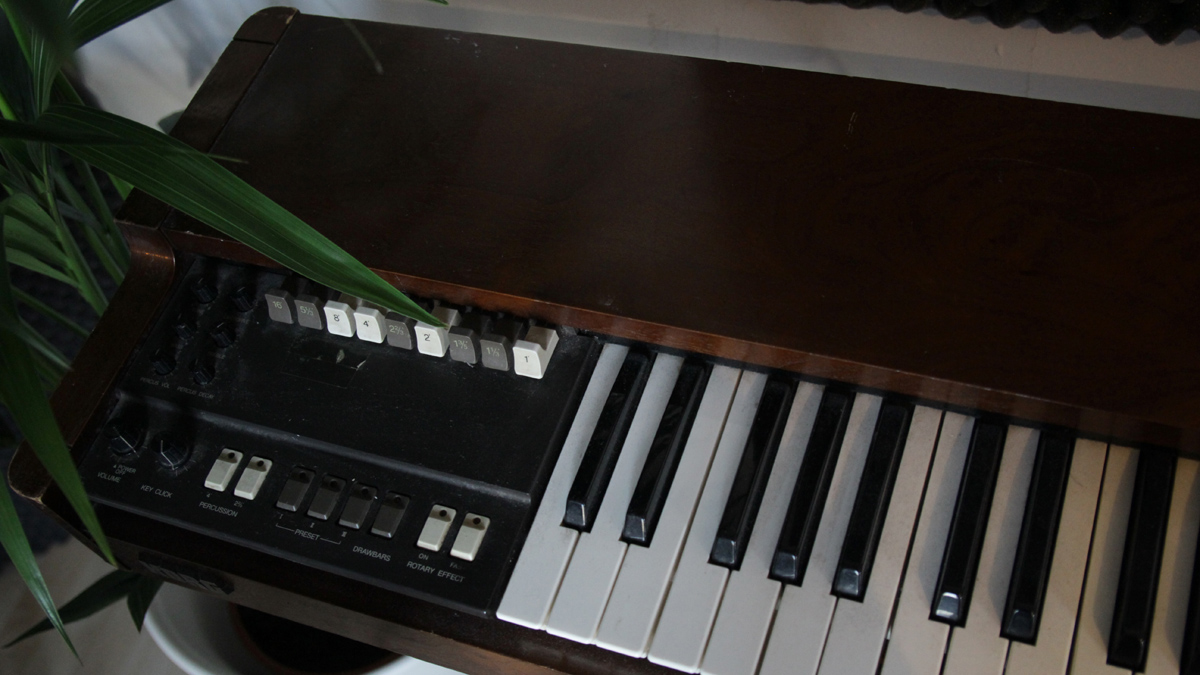
“Picking the final one was hard. I’d liked to have included the GEM Promega 2 Stage Piano, just because it sounds so close to a real piano, but I’ve already had one digital keyboard. So, I went for the CX-3
“The Promega saved me having to drag a real piano everywhere, and the CX-3 saved me having to drag the bloomin’ Hammond everywhere. And, believe you me, touring with a Hammond isn’t fun for you or the Hammond. Realistic Hammond sounds and no slipped discs. What’s not to like!”
Rick Wakeman’s new - and proudly Prog - album, The Red Planet is out in August.

